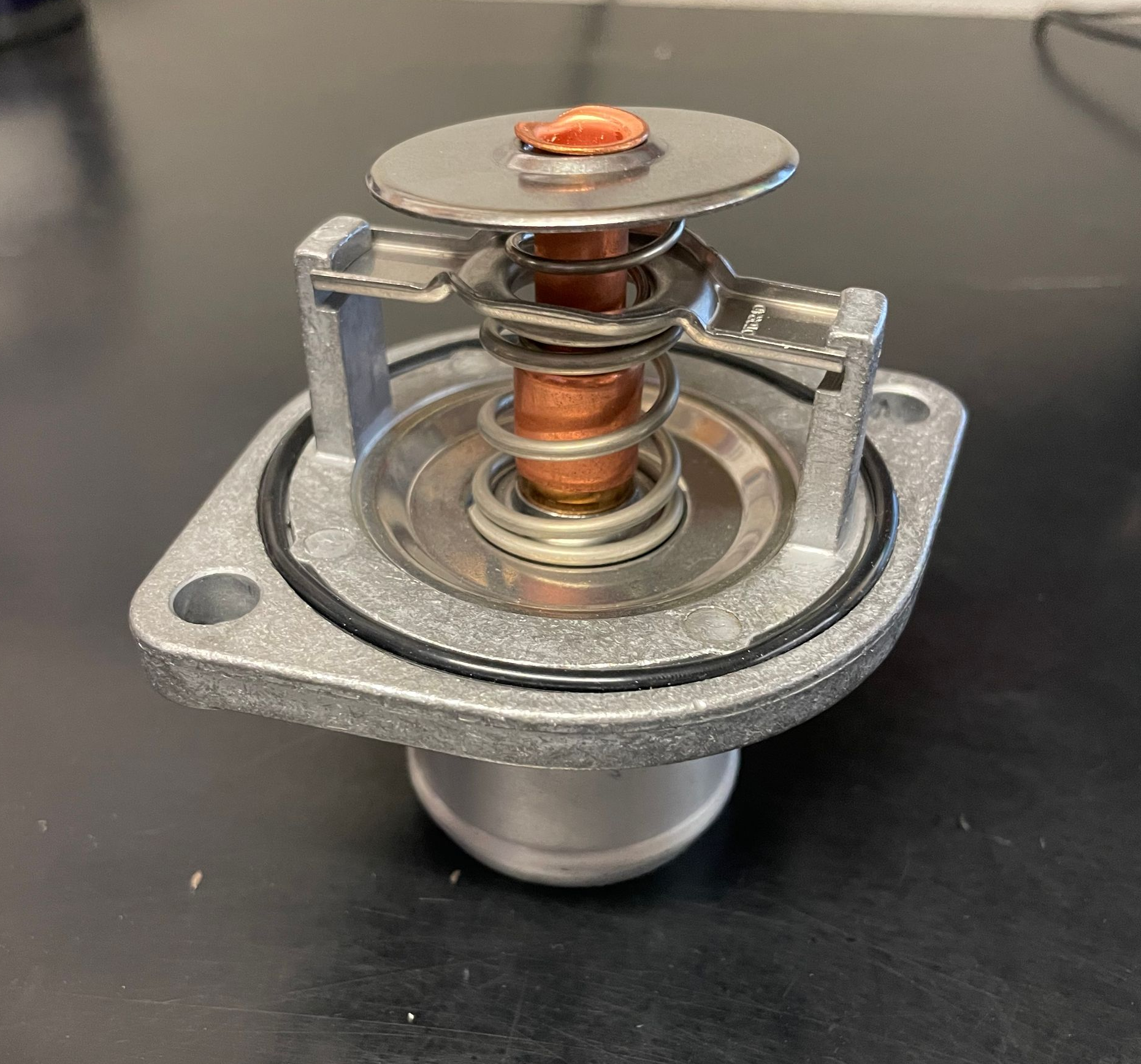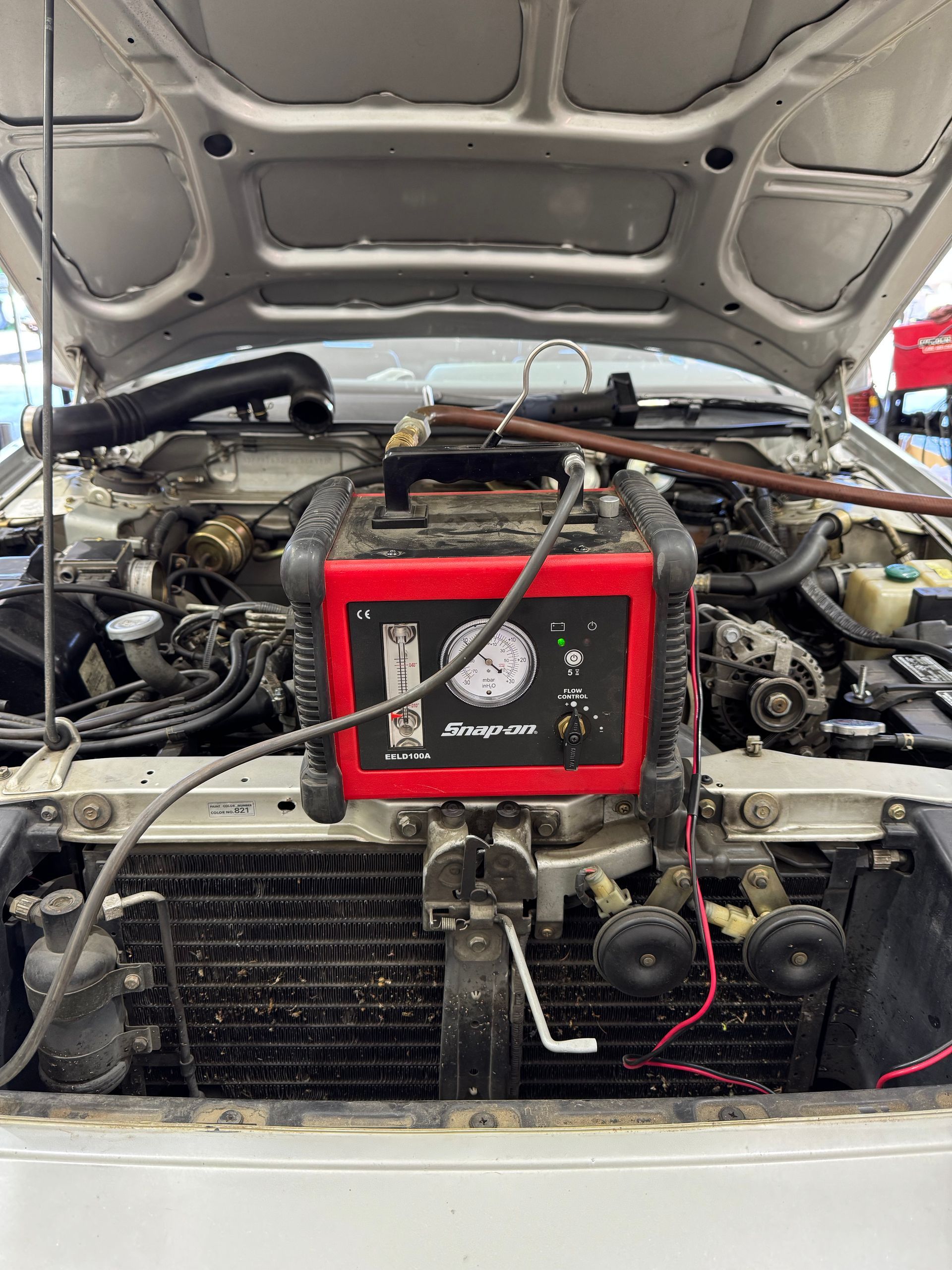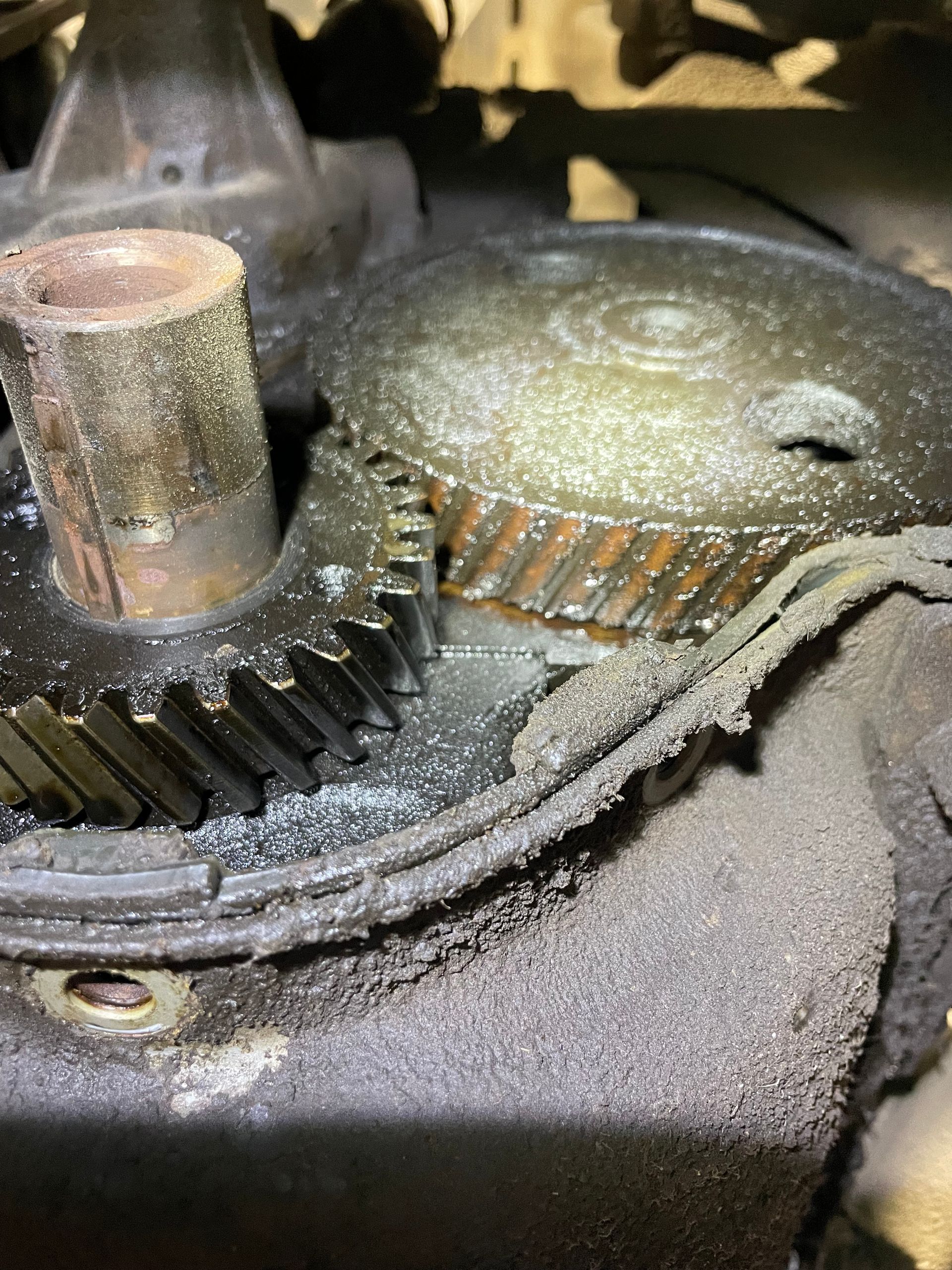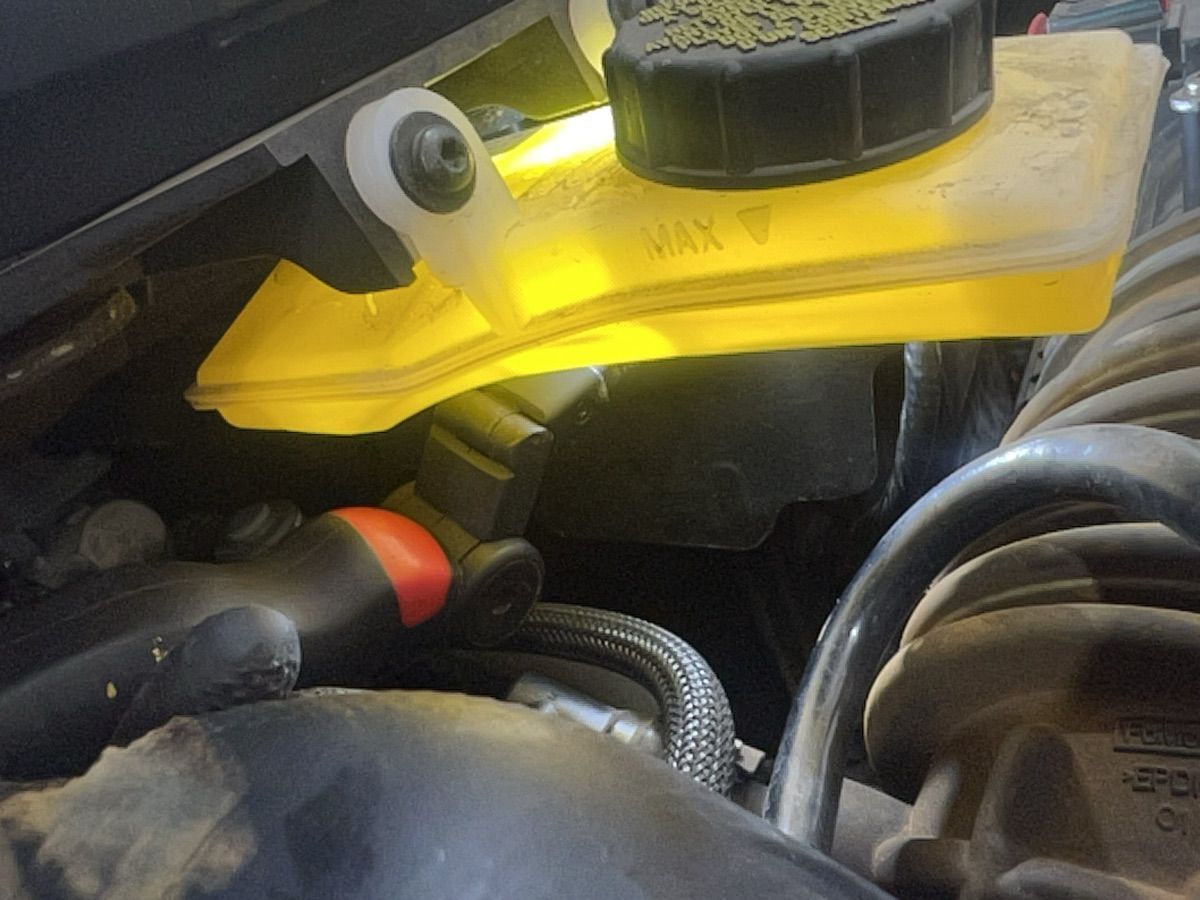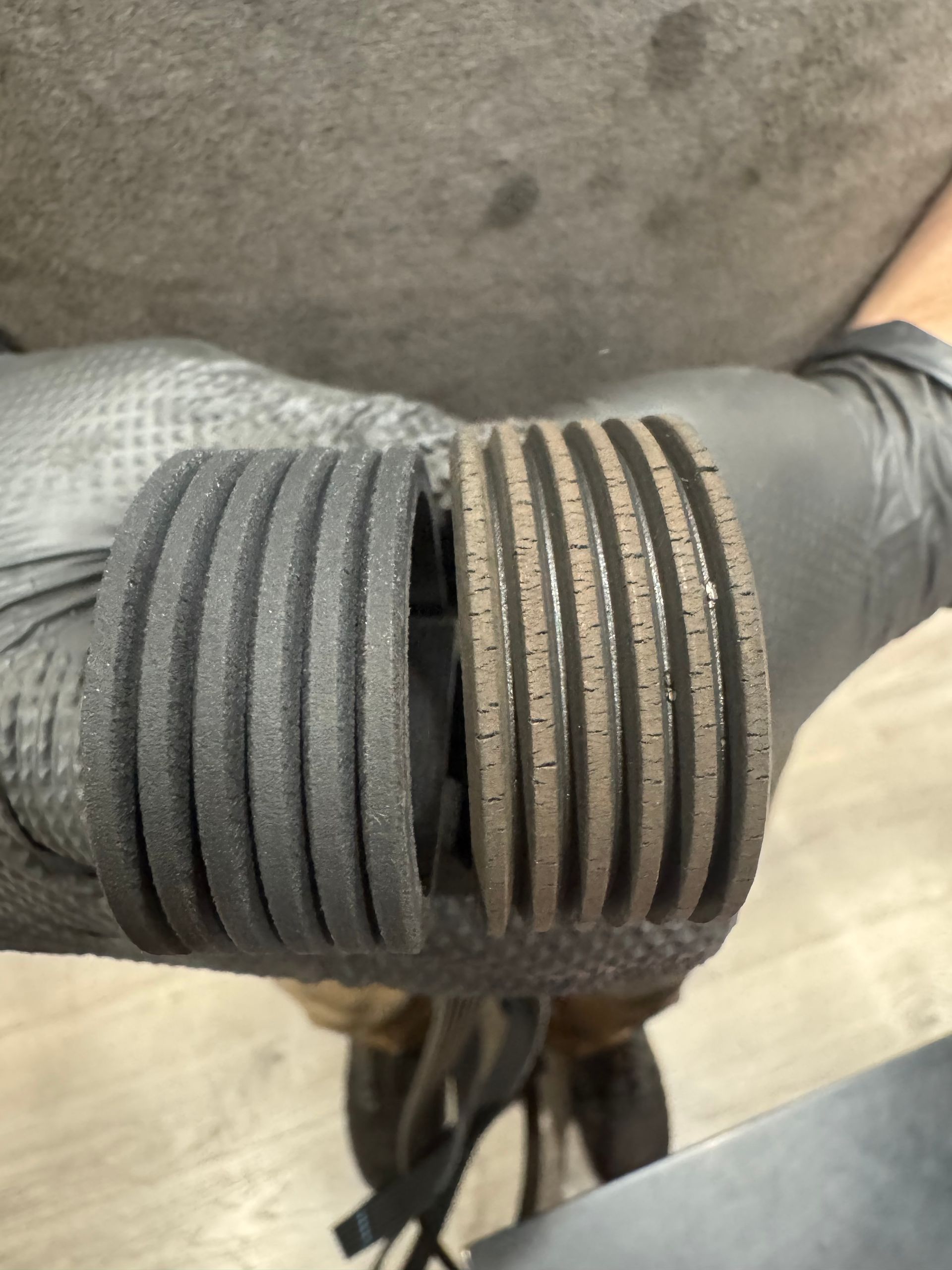Let's talk about the 3.0L engine.

Ford's 3.0L Power Stroke V6 diesel, is a prime example of a compact diesel engine. Like any piece of machinery, proper maintenance is important to ensure its reliability and performance over the long haul.
This engine, while smaller than its Super Duty kin, delivers a balance of power and fuel efficiency, making it a popular choice. Its design incorporates modern diesel technologies like common-rail direct injection.
Regular maintenance of your engine can prevent breakdowns.
- Oil and Filter Changes: This is the lifeblood of any engine, and the 3.0L diesel is no exception. Diesel engines generate more soot and put more stress on the oil. Your engine oil should be changed every 5,000 miles.
- Fuel Filter Replacement: Diesel fuel can contain contaminants that can damage the high-pressure fuel injection system. Regularly replacing the fuel filter every 15,000 miles is essential to protect the injectors and fuel pump.
- Air Filter Replacement: A clean air filter ensures proper airflow into the engine. A clogged filter can reduce performance and fuel economy. Your engine loves nothing more than clean air.
- Coolant System Service: Maintaining the correct coolant level and condition is vital for temperature regulation. Coolant should be changed every 3 years because the additives break down - anti-corrosive and the lubricate.
Now let's chat about the The Rear Engine Accessory Drive (READ) Belt. The 3.0L Power Stroke features an accessory drive belt located at the rear of the engine, facing the firewall. This unique placement often raises questions and can complicate replacement compared to traditional front-mounted belts. This rear belt drives the high pressure fuel injection pump. Ford has a recommended replacement interval for this belt of 150,000 miles. We have found that failure of this belt is happening closer to the 100,000 mile internal. We are now recommending the belt be replaced at 90,000 to 100,000 miles to prevent a costly tow bill and additional down time. Ignoring a worn rear belt can lead to a complete failure, leaving you stranded and potentially causing damage to other components.
Timing Belt: This engine also uses a camshaft timing belt on the front of the engine. This belt is for the camshafts. It should be changed around the same time that you change the rear engine accessory drive belt. If this belt breaks it can cause catastrophic engine damage and or failure.
Serpentine Belts: You have two more belts on the front of this engine. These belts drive the water pump, alternator and A/C compressor. These belts should be inspected at each oil change and replaced as needed. Typically near 60,000 miles.
Turbocharger: The turbocharger is a vital component of the diesel engine. Regular maintenance of oil changes and cooling system services can prolong the life of your turbocharger.
I always emphasize the importance of proactive maintenance – it's an investment that pays dividends in the long run by preventing costly repairs. Give us a call and let us take care of you.
Happy Adventures,
Heather
Our specials can be found here - Specials - J & H Automotive, Inc
Ready to make an appointment … Appointments - J & H Automotive, Inc
Want to know more … About Us - J & H Automotive, Inc
Would you like to join our merry band of misfits? Careers - J & H Automotive, Inc
Want to know more…
https://www.facebook.com/JHAutomotiveInc
https://www.pinterest.com/jhautoinc

